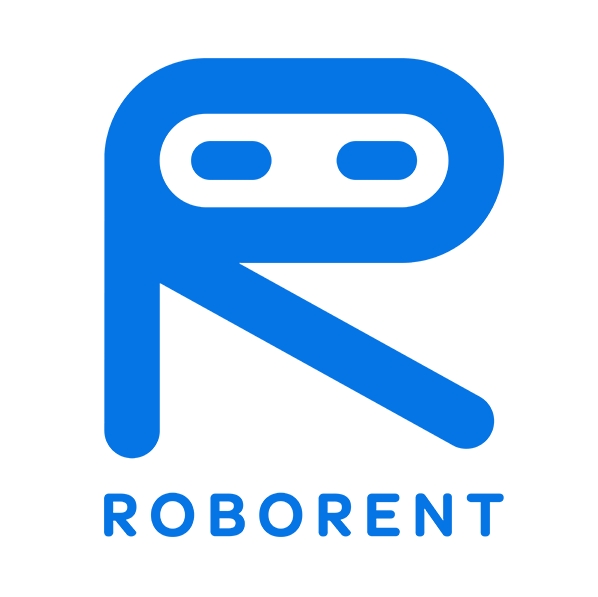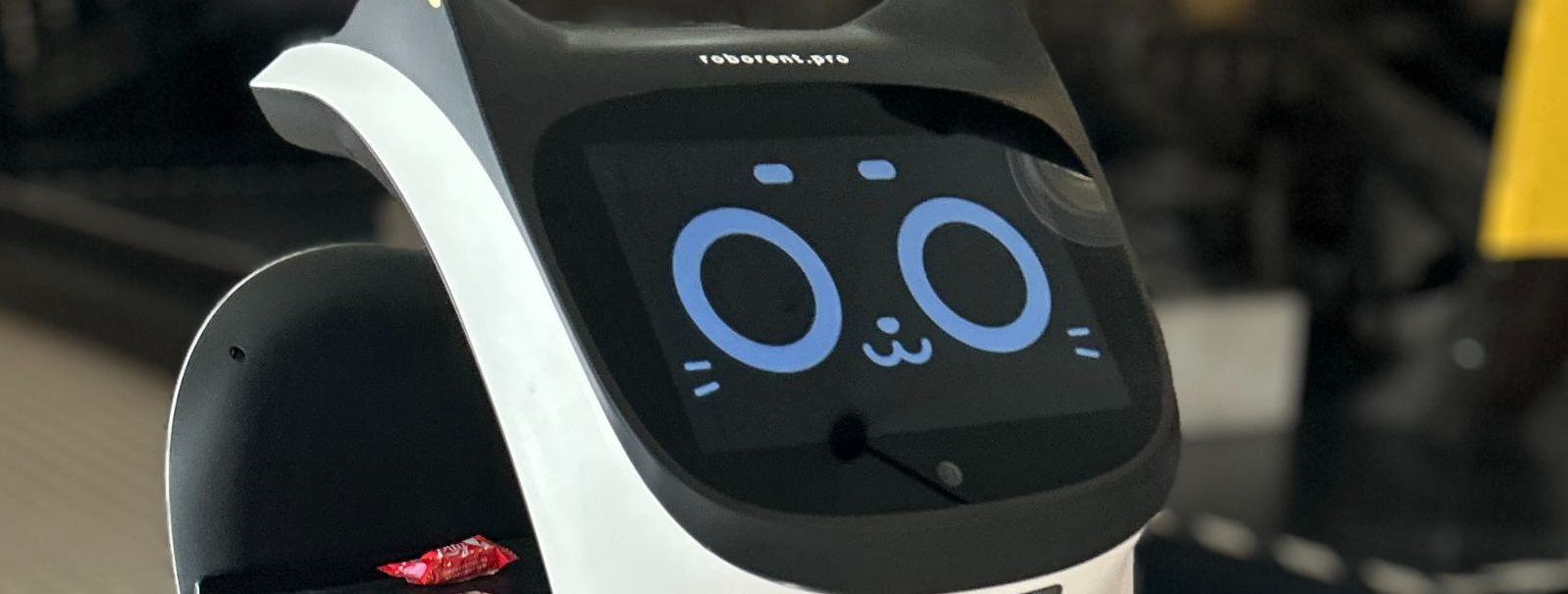The future of hospitality: robots in restaurants
The hospitality industry is undergoing a significant transformation with the integration of robotics technology. As businesses strive to enhance efficiency and customer satisfaction, robots are becoming an integral part of restaurant operations. This shift is not just about replacing human labor but augmenting it to create a seamless dining experience.
The Role of Robots in Modern Restaurants
In the restaurant sector, various types of robots are being deployed, each designed to perform specific tasks. These include service robots, kitchen robots, and delivery robots. Service robots are often seen in dining areas, assisting with order taking and food delivery. Kitchen robots handle food preparation tasks, ensuring consistency and hygiene. Delivery robots are used for transporting food from the kitchen to the dining area or even for external deliveries.
Robots in restaurants are programmed to perform a range of functions. They can take orders, serve food, clean tables, and even engage with customers to enhance their dining experience. In the kitchen, robots can chop, cook, and plate dishes with precision, reducing the risk of human error and contamination.
Benefits of Implementing Robots in Restaurants
One of the primary advantages of using robots in restaurants is the increase in efficiency and speed. Robots can work tirelessly without breaks, ensuring that operations run smoothly even during peak hours. This leads to faster service and reduced wait times for customers.
While the initial investment in robotics technology can be significant, the long-term savings are substantial. Robots reduce the need for a large workforce, lowering labor costs. Additionally, they minimize food waste through precise portion control and consistent cooking methods.
Robots can significantly enhance the customer experience by providing consistent service and reducing human errors. They can also offer personalized interactions, such as remembering customer preferences and making recommendations based on past orders.
Challenges and Considerations
Implementing robots in restaurants comes with its set of technical challenges. These include ensuring seamless integration with existing systems, maintaining and updating software, and handling technical malfunctions.
While robots can enhance efficiency, they cannot replace the human touch that is often crucial in hospitality. Ensuring that customers and staff are comfortable interacting with robots is essential for successful implementation.
The use of robots in restaurants raises regulatory and ethical questions. Businesses must navigate labor laws, data privacy concerns, and ethical considerations related to job displacement.
Future Trends and Innovations
The future of robotics in restaurants lies in the integration of AI and machine learning. These technologies will enable robots to learn from interactions, improving their efficiency and ability to personalize customer experiences.
As technology advances, robots will be able to offer more customized and personalized services. This includes tailoring menu recommendations and adjusting service styles to meet individual customer preferences.
Robots can contribute to sustainability efforts by optimizing energy use and reducing waste. Future innovations may include robots powered by renewable energy sources and designed with eco-friendly materials.








Comments (0)